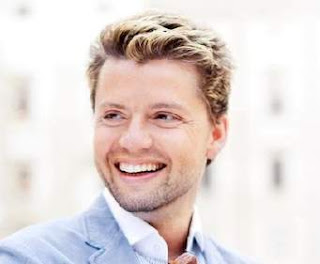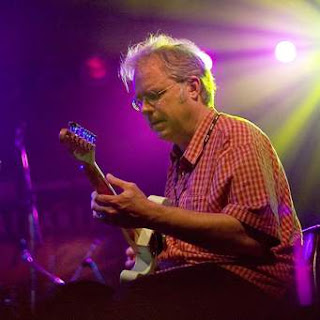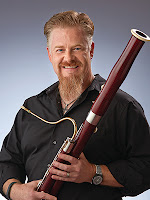Indianapolis Ballet opens its second full season with a program of Balanchine

George Balanchine had such an affinity for music that he often thought of composers as his collaborators in an almost mystical sense. He spoke of how a work might suddenly come together after rehearsal and production travails. "All of a sudden everything looks wonderful. That's his doing," he told his biographer Bernard Taper, who then adds the choreographer's explanation: "He points to the heavens, 'Tchaikovsky's.'" George Balanchine, revered father of American ballet. The anecdote might allude to the wholeness the Russian-born choreographer lent to the Russian composer's failed third piano concerto, which in Balanchine's hands became "Allegro Brillante." The work opened Indianapolis Ballet' s "Evening of Balanchine" Friday night in the Tobias Theater at Newfields. Even lacking the common ground of the same homeland, Balanchine probably found that Gershwin spoke to him as well from beyond the grave. In f











